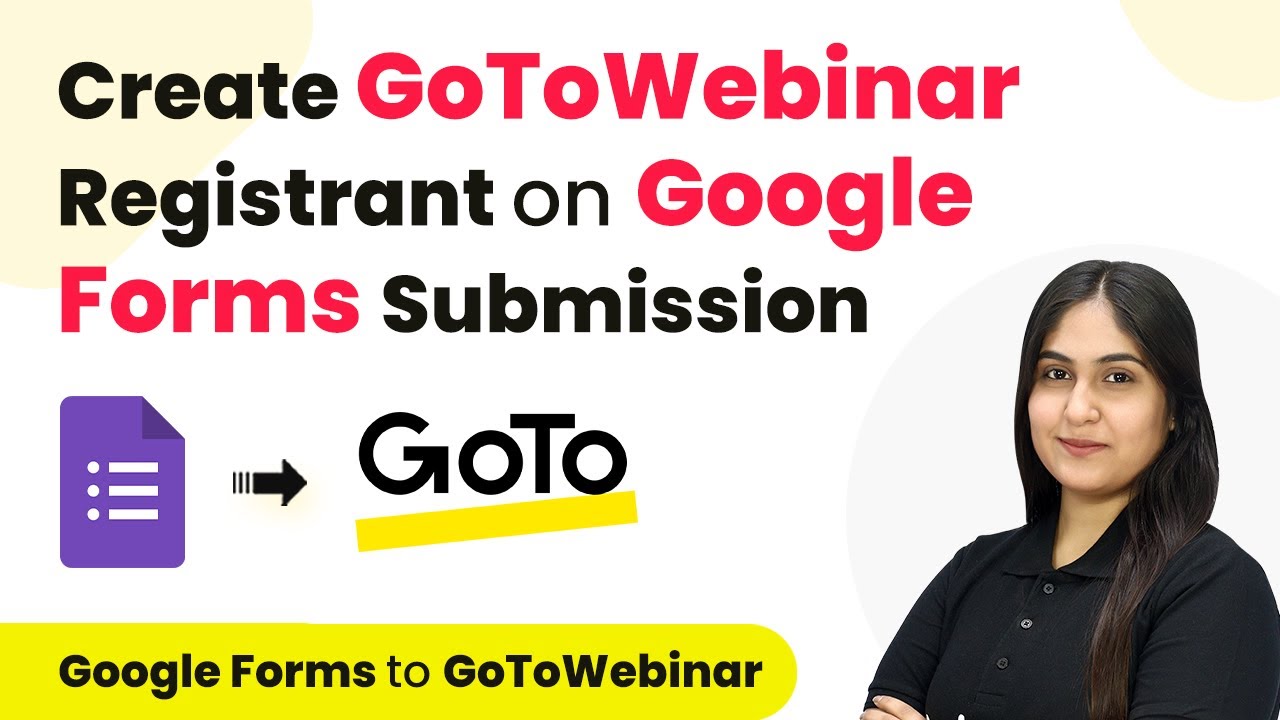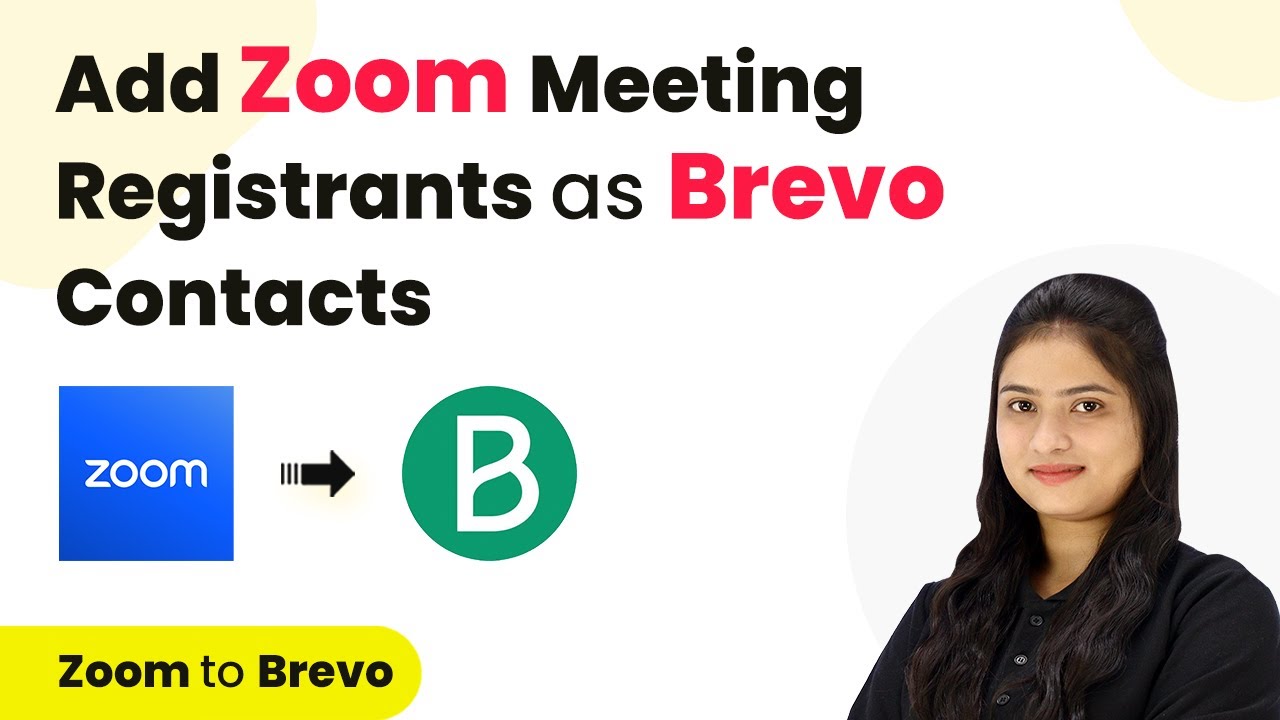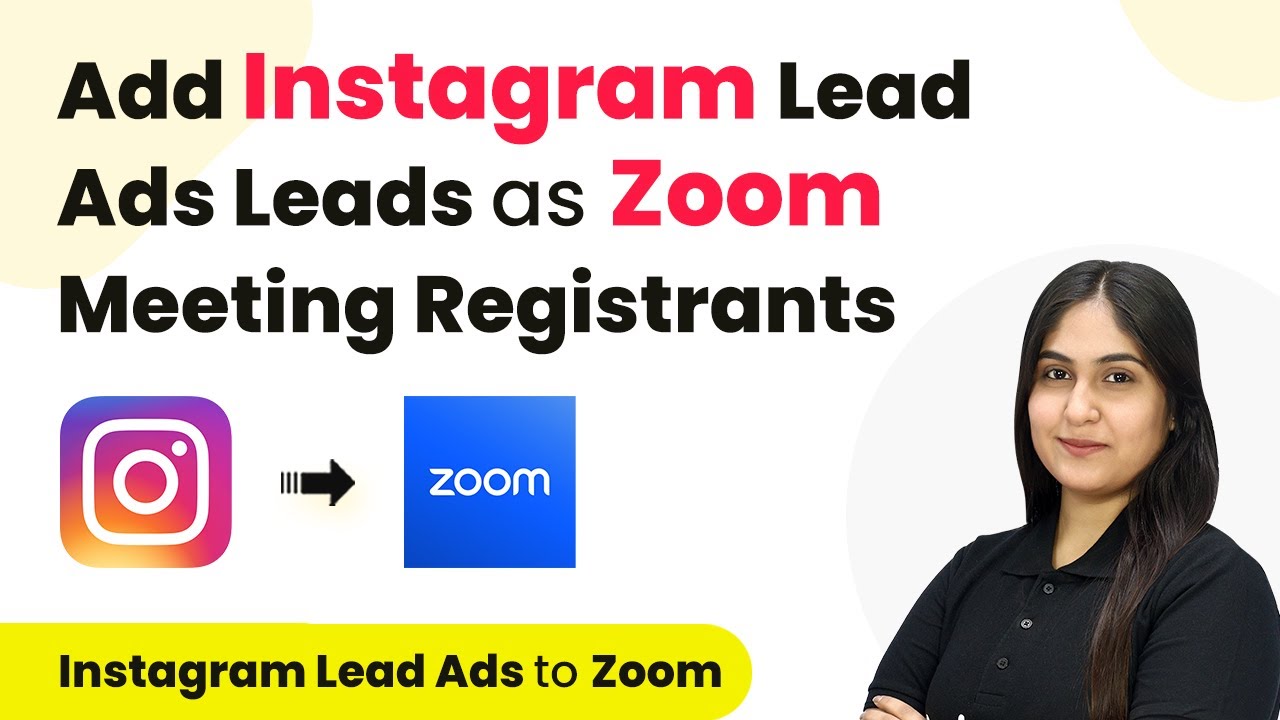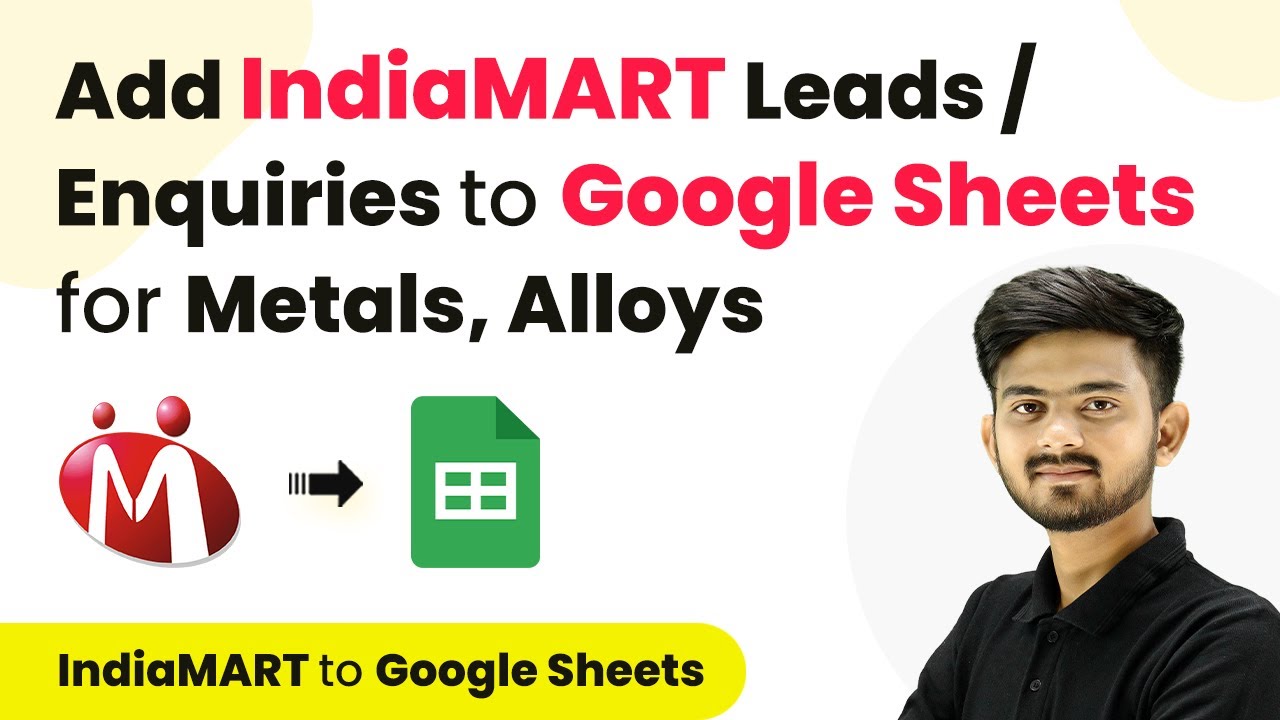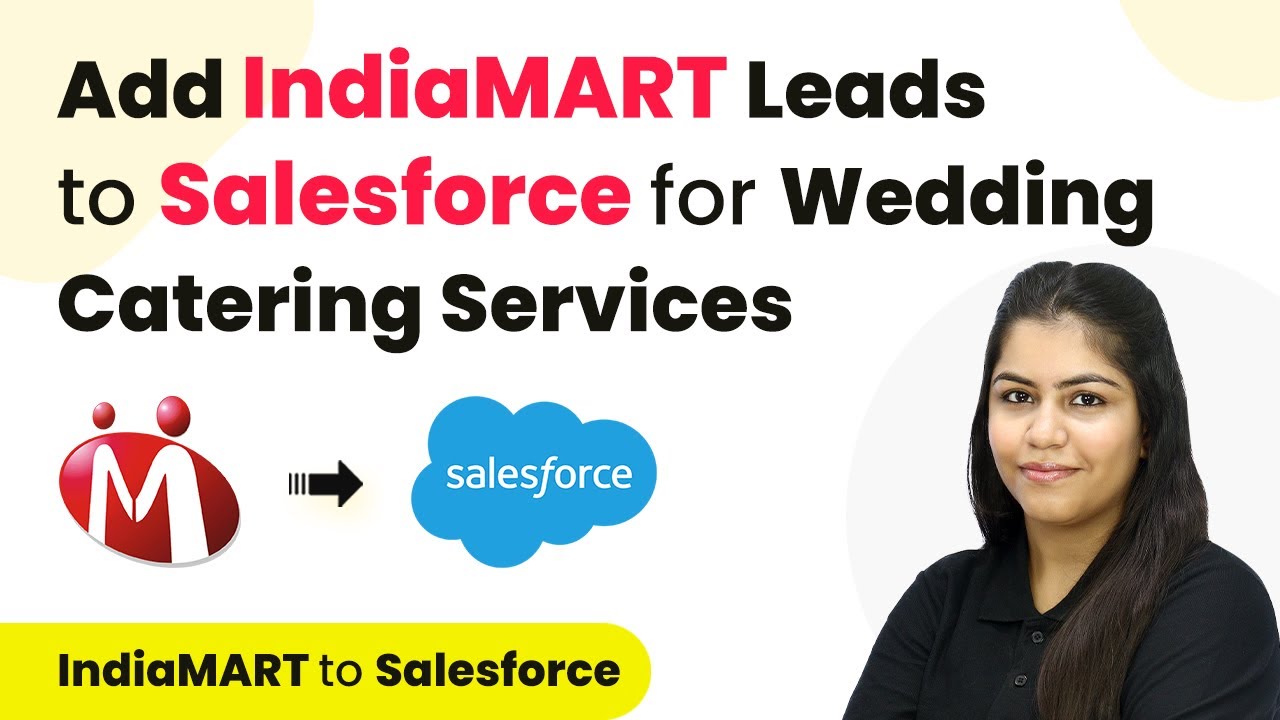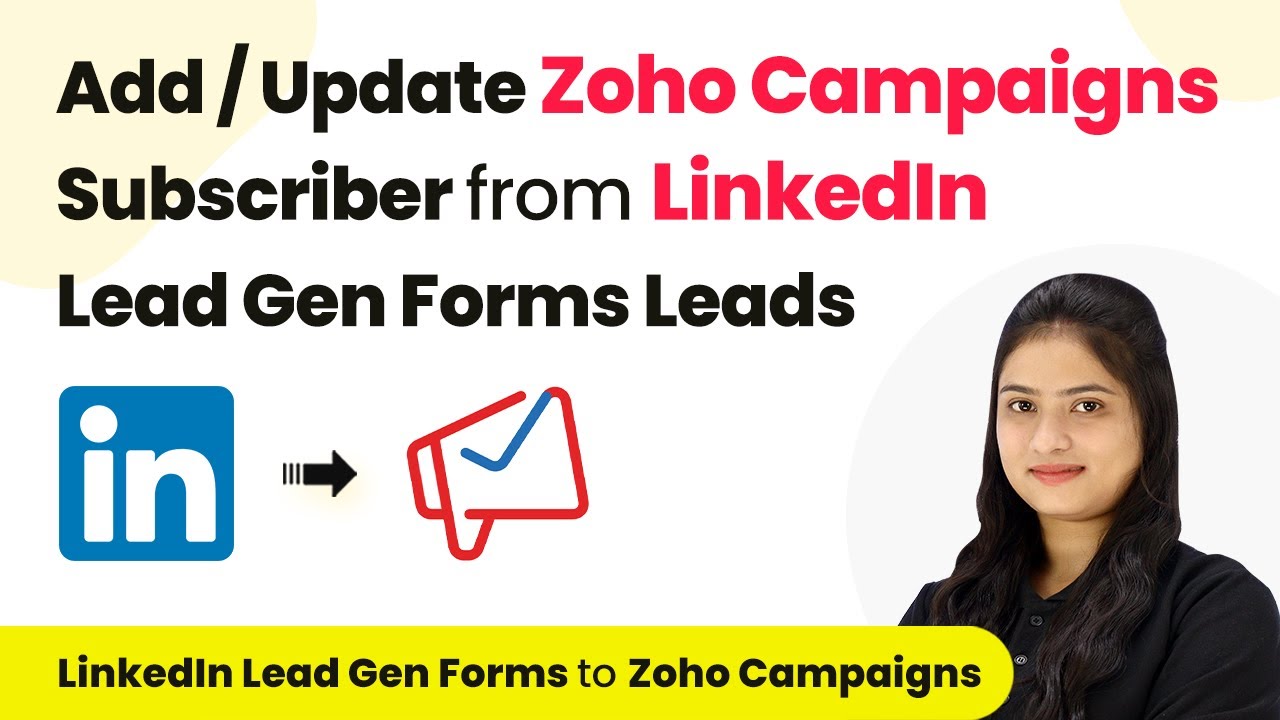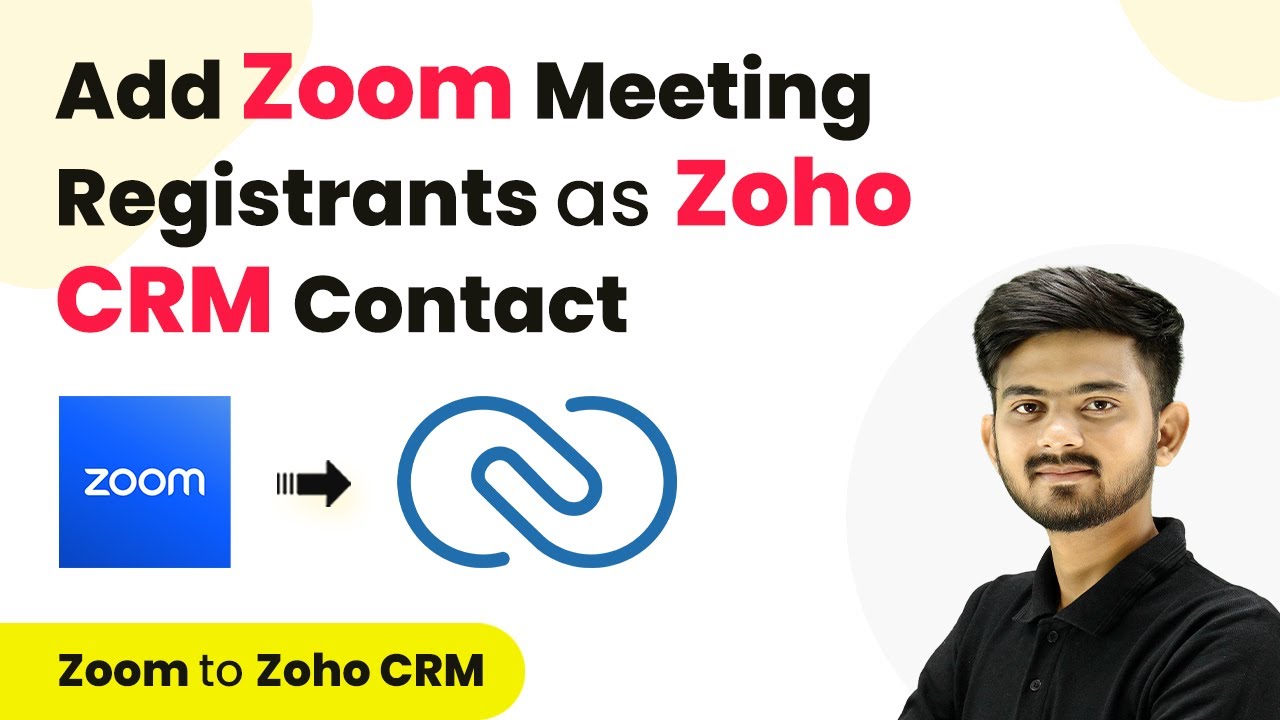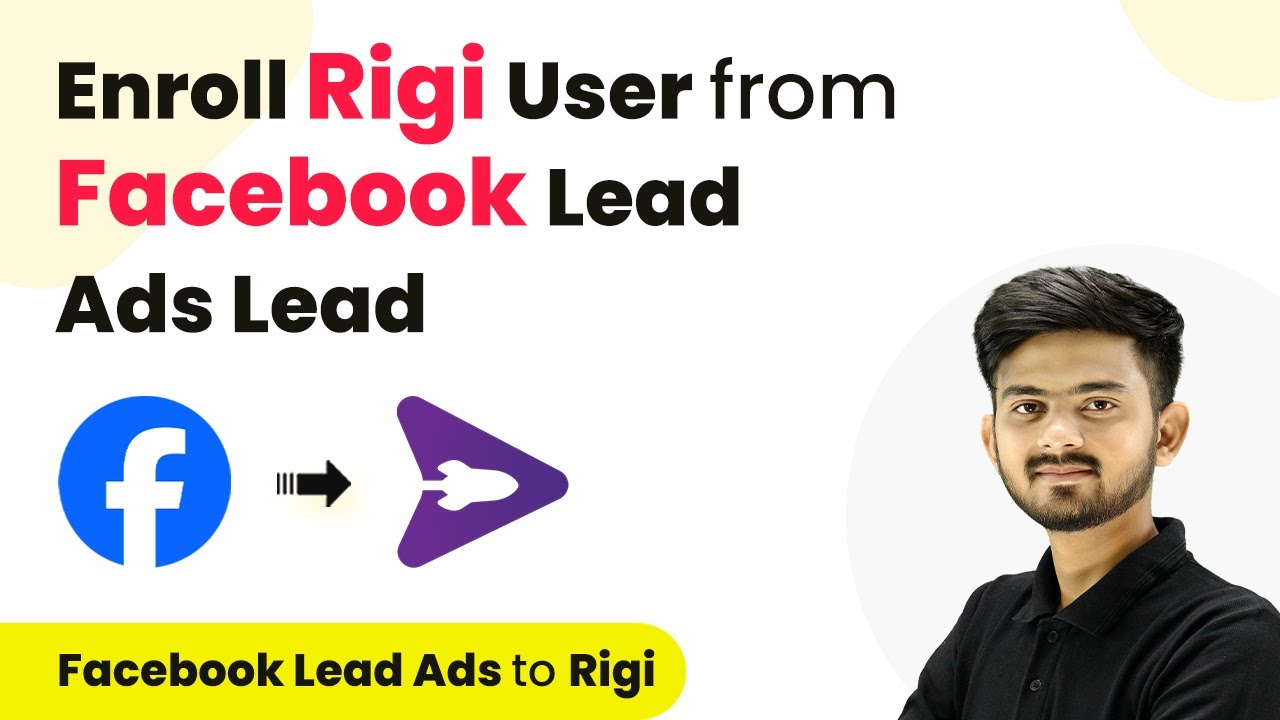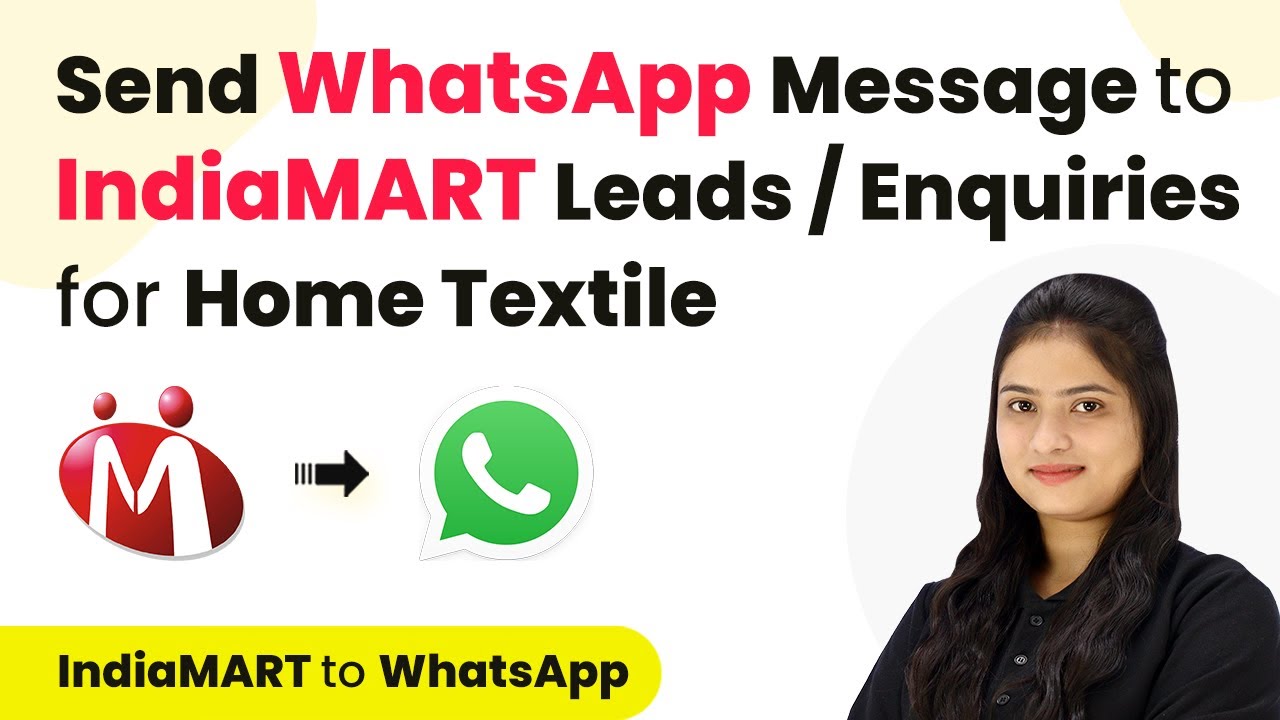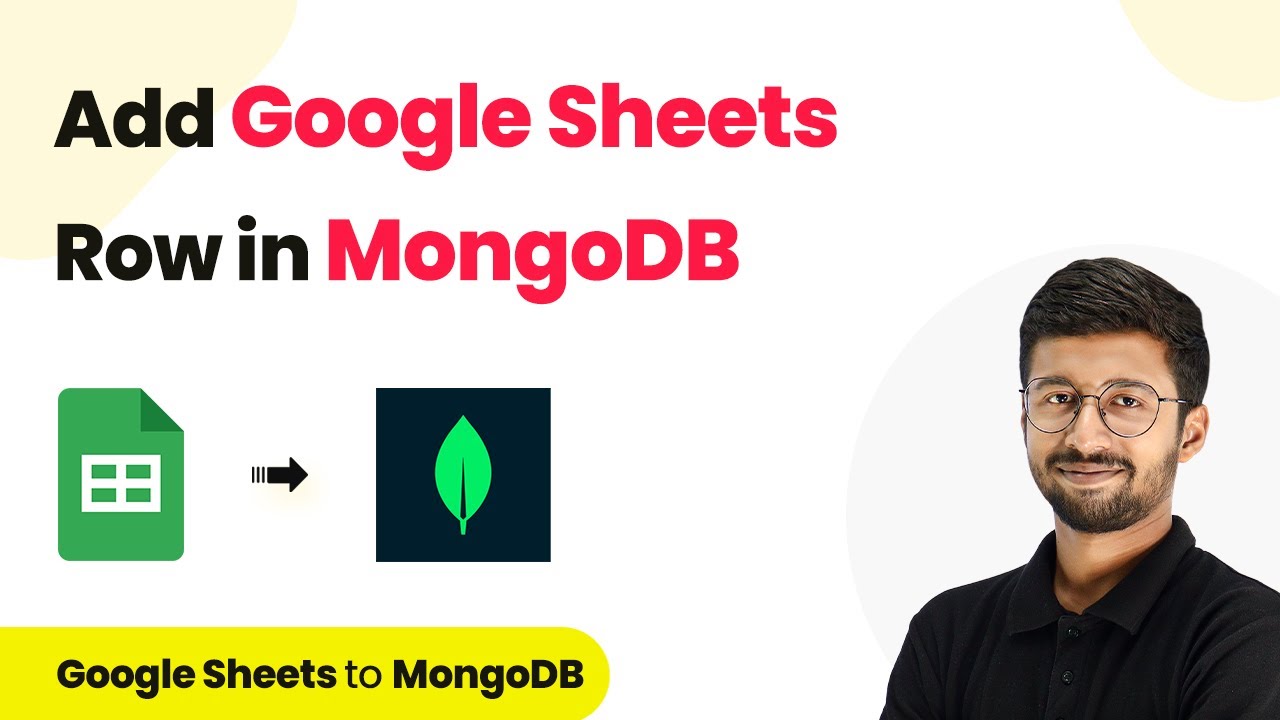Learn how to integrate URL with Focus Using Pabbly Connect to automate your workflows effectively. This detailed tutorial covers all necessary steps and applications. This comprehensive guide reveals exactly how to connect your applications and automate repetitive tasks — accessible for professionals of all technical backgrounds. with Pabbly Connect.
Watch Step By Step Video Tutorial Below
1. Setting Up URL and Focus Integration
Integrating URL with Focus is essential for automating your workflows. In this section, we will explore how to create a seamless connection between these applications Using Pabbly Connect. using Pabbly Connect
First, log in to your Make account and navigate to the dashboard. Click on the ‘Create a new scenario’ button. You will see options to select the applications you want to integrate. Choose URL and Focus from the available applications.
2. Connecting Google Sheets and Box for Data Management
To efficiently manage data, we will connect Google Sheets and Box. This integration allows you to store form submissions directly in Box for easy access. Start by opening your Google Sheets where the data will be collected. using Pabbly Connect
- Open your Google Sheets and create a new spreadsheet for form responses.
- Link this spreadsheet to your form by clicking on the ‘Responses’ tab and selecting ‘Link to Sheets’.
- Ensure that the data from Google Sheets is accessible in your Box account.
After completing these steps, verify that the data is flowing correctly from Google Sheets to Box. This connection will streamline your data management process.
3. Using Pabbly Connect to Automate Workflows Between Applications
Using Pabbly Connect, you can automate workflows between URL, Focus, Hustle, and other applications effectively. Start by defining your trigger event in Make, which will initiate the automation process. using Pabbly Connect
For instance, select URL as your trigger application and set the event to ‘New Response in Google Forms’. This means that every time a new response is submitted, the workflow will be triggered automatically.
Next, link the action to Focus, where the data collected will be sent. Map the fields from your Google Sheets to the corresponding fields in Focus. This ensures that all necessary information is transferred accurately.
4. Testing the Integration for Reliability
Testing the integration between URL, Focus, and other applications is crucial to ensure everything works as expected. Start by submitting a test response through your Google Form. using Pabbly Connect
Check Google Sheets to confirm that the response appears correctly. Then, verify that the data has been sent to Focus. This step is essential to ensure that your integration is functioning reliably.
If everything looks good, you can proceed to finalize the setup. Make any necessary adjustments to the mapping or settings to optimize the workflow.
5. Finalizing and Optimizing Your Workflow
Once the testing is complete, it’s time to finalize your workflow. Review all settings in Make to ensure they align with your objectives. Make adjustments as needed to optimize performance. using Pabbly Connect
Additionally, consider setting up notifications in Hustle or Google to alert you when new submissions are received. This will help you stay informed about new registrations or responses.
Finally, save your workflow and enable it. Your integration between URL, Focus, and other applications is now ready to automate your processes effectively.
Conclusion
Integrating URL with Focus Using Pabbly Connect streamlines your workflows by automating data transfer between applications. This tutorial provides a clear pathway to setting up and optimizing your integration for efficient operations.
Thanks for following along with this tutorial! Remember to subscribe to the channel for more helpful content like this.
If you found this guide useful, please consider giving it a thumbs up and sharing it with others who might benefit from it.
